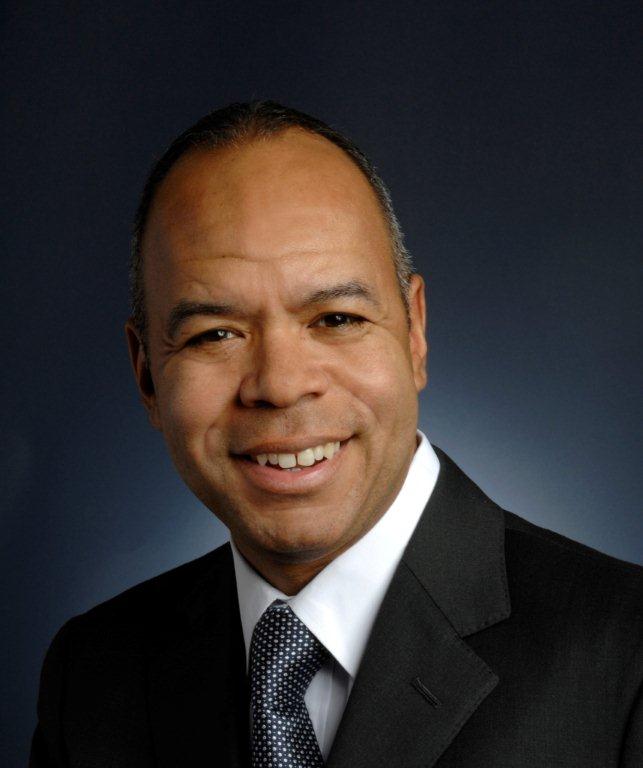By Kevin Warren, president of strategic growth initiatives at Xerox. Meet him on March 10 at the Sales 2.0 Conference in Philadelphia, where he will share more insight about sales-leadership success and personal brands.
Jay-Z is one of my favorite performers, and he knows a thing or two about success. One line I borrow from him regularly is “I’m not a businessman…I’m a business, man!”
What does he mean? He’s saying that when you hand your business card to a sales prospect, unless it reads “CEO of Me Inc.,” it’s not your brand. You are your brand. Prospects and clients don’t buy the name of the business on the card, they buy you.
It’s a simple concept and a powerful opportunity, especially in an increasingly complex and digital world. We know our clients and prospects are bombarded with many options. Competition is fierce. But at the end of the day, people make decisions and surrender long-term loyalty based on interaction with other people. According to McKinsey’s 2012 B2B Branding Survey, personal interaction with sales reps remains the most influential factor for B2B customers across touch points, industries, and regions.
When you’re empowered to be CEO of Me Inc., there’s a tremendous impact on the overall business. Interaction with customers becomes more meaningful, the corporate brand becomes more human, and that focus on customers starts impacting the bottom line. By making a customer or prospect a believer in your personal brand, you’re giving your product and services portfolio exponentially more value.
You likely have an elevator speech for the products and services you’re selling, so why not create one for you? If you’ve taken time to evaluate what you stand for and where you should be focused, your prospects are much more likely to feel confident that you can help them do the same. People buy from those they know, trust, and like. By genuinely sharing who you are and what you know, you quickly become someone from whom they’ll buy, someone who helps connect them to what they need to successfully reach their own goals.
Even something as simple as highlighting general business advice or flagging relevant industry articles (via LinkedIn, other social media, or in person) creates an opportunity to share more of your portfolio and ultimately sell more, because you’ve appealed to what really matters to the client’s business. This kind of proactive value-adding is unique to you and your ever-evolving brand. Leveraging your personal and business experiences and industry expertise to show customers what they might not be thinking about or to ask questions they might not have considered is key to earning loyalty, advocacy, and even referrals.
Success as CEO of Me Inc. doesn’t just happen; it is the outcome of a formula that works, one that is evolving as digital and social change the game. But the foundation holds fast. We may not close deals anymore by knocking on doors or dialing for dollars, but at the end of the day – at the end of the business exchange – there is a person, and that person is going to choose your brand only if he or she chooses you.
Join me at the Sales 2.0 Conference in Philadelphia on March 10, where I’ll be speaking about sales-leadership success, your personal brand, and sales-transformation strategies.

 A lot of sales leaders let old myths about hiring get in the way of finding superstar candidates.
A lot of sales leaders let old myths about hiring get in the way of finding superstar candidates. Susan McGinnis is a Senior Corporate Sales Trainer at
Susan McGinnis is a Senior Corporate Sales Trainer at 


 I recently read a blog post by Gerhard Gschwandtner which posed the question:
I recently read a blog post by Gerhard Gschwandtner which posed the question: 